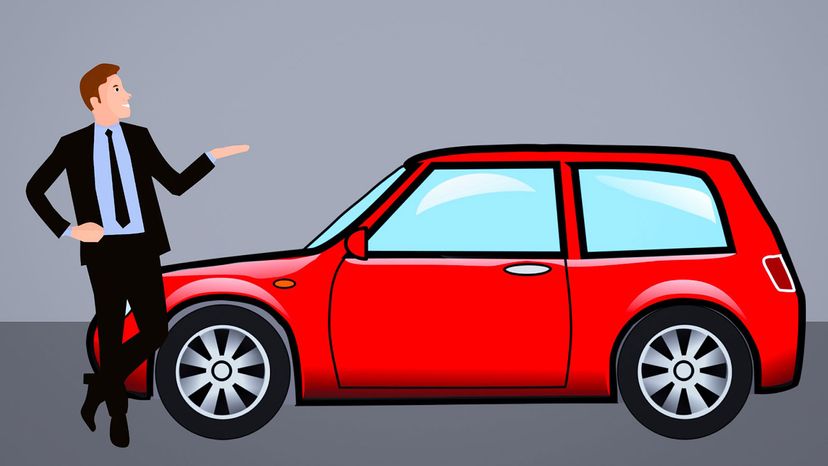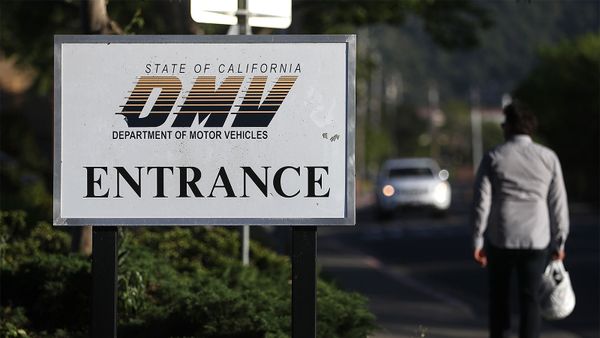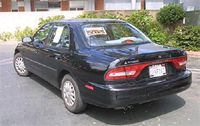
A bill of sale is a document that verifies your purchase of a valuable asset such as a car, a TV or other large item. The bill of sale may also be used to determine how much sales tax you pay. It also releases the seller from liability and protects both buyer and seller from any disputes that may arise over the item in the future. But be aware that the car title still needs to be transferred to the new owner; the bill of sale is not enough to show ownership [source: DMV Guide]
Rules for bills of sale vary from state to state. Not all states require a bill of sale and some that do require the transaction to be notarized [source: NerdWallet]. Still, even if you're in a state that doesn't require it, it's a good idea to do it to prevent misunderstandings down the line.
Advertisement
You may be able to get a bill of sale form from your local department of motor vehicles or from your county tax assessor-collector's office. You can also write out your own bill of sale.
When writing a bill of sale, be sure to include:
- The seller's name and address
- The buyer's name and address
- A description of the item being sold, including serial numbers, identification numbers, make, model, size, color, design, any distinguishing marks, features or faults.
- The vehicle identification number (VIN) and license plate number (if you're writing it for a vehicle)
- Current mileage
- Special conditions to the sale (e.g. sold as is, with warranty, etc.)
- The date of transaction
- The previous owner (who sold it to the seller)
- The selling price (written in words and in numerals)
- The method of payment (i.e. in installments or in full, cash, check, credit card or bank deposit)
- Any agreements regarding due dates for pending payments, late payments and interest rates
Check your bill of sale for the following:
- Make sure the bill of sale is legible.
- Double-check all information and signatures on the bill of sale.
- Make copies of the bill of sale for the buyer and seller.
Advertisement


